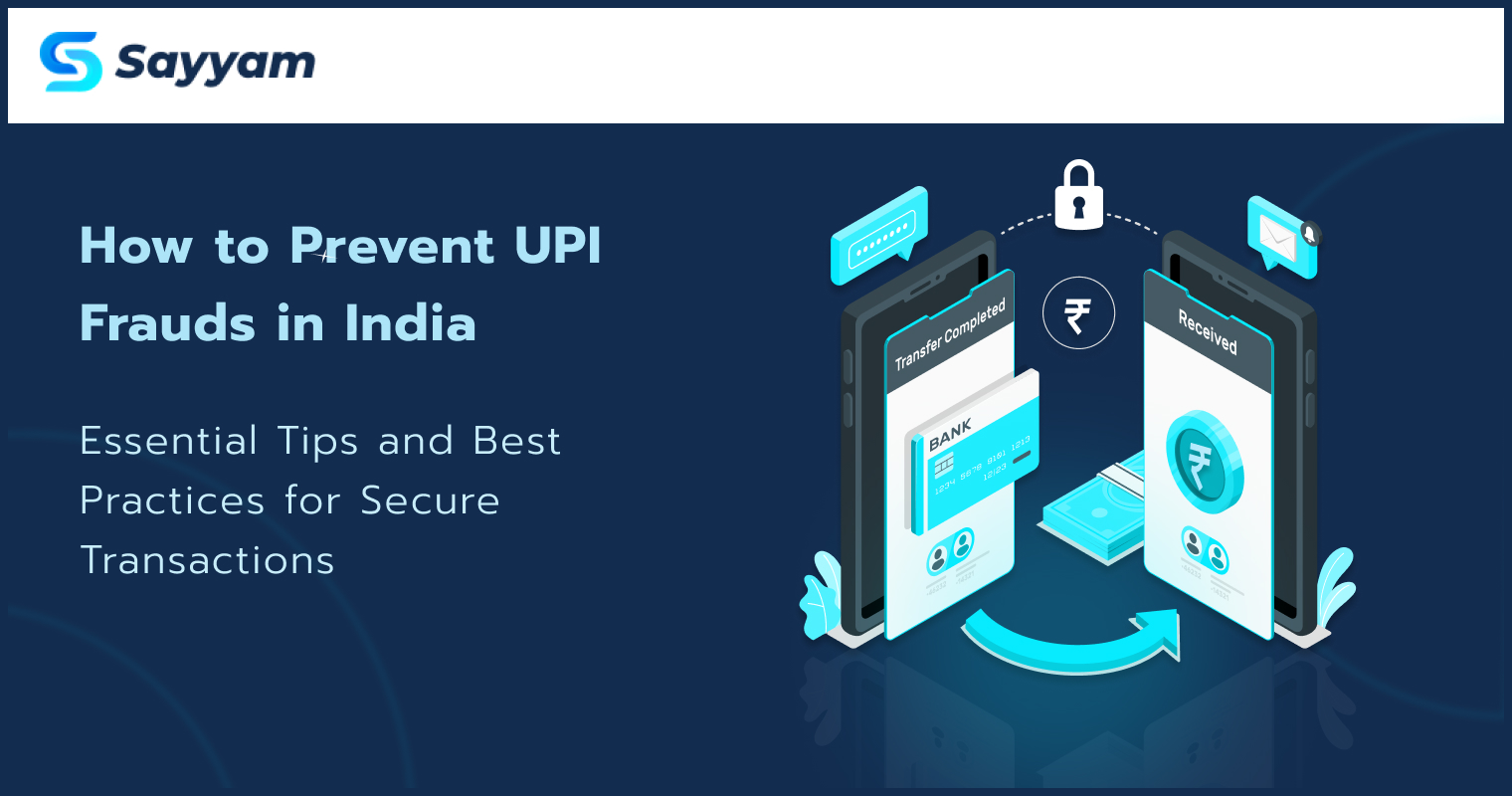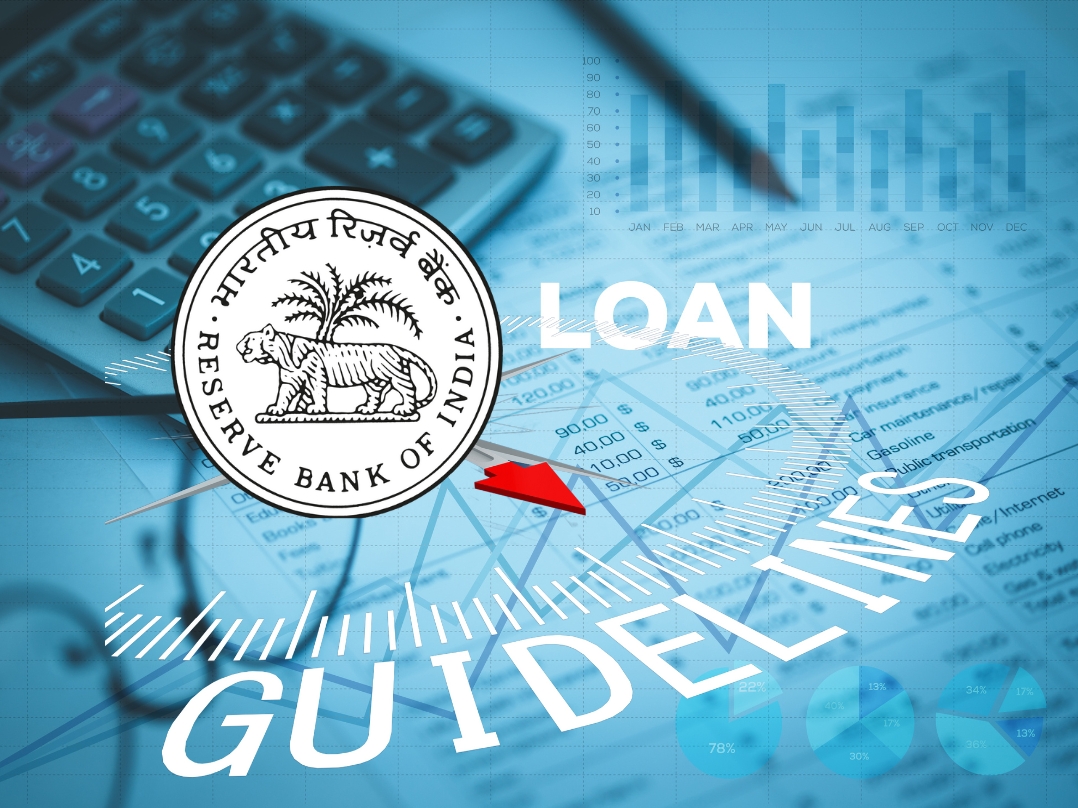
Preventing UPI Frauds In India
Introduction to UPI (Unified Payments Interface)
We all know how the Unified Payments Interface (UPI) has revolutionized the way financial transactions are conducted in India. The National Payments Corporation of India (NPCI) launched UPI in April 2016. What does the UPI do? In simple words, UPI enables instant money transfers between bank accounts through a mobile platform.
UPI has seen exponential growth due to its convenience, ease of use, and the government's push towards a cashless economy. However, with the rise in digital transactions, the incidence of UPI fraud has also increased. This calls for robust UPI fraud prevention tips to safeguard users.
Overview of UPI Fraud Trends in India
As UPI transactions have gained widespread acceptance, fraudulent activities associated with this platform have also increased. According to data from the Reserve Bank of India (RBI), digital payment frauds, those involving UPI, have seen a notable rise. Cybercriminals have become experts at exploiting vulnerabilities in the system. This leads to big financial losses for individuals and businesses alike. The increase in smartphones and internet connectivity has provided fertile ground for these frauds to flourish. Understanding these trends is important for creating effective strategies to tackle them.
Common Types of UPI Frauds
Several types of UPI frauds have been identified and each exploits different aspects of the digital payment ecosystem. Some of the most common types include:
1. Phishing Scams
Fraudsters send fake links or messages that appear to be from legitimate sources. These trick users into disclosing their UPI credentials.
2. Vishing (Voice Phishing)
Scammers impersonate bank officials and call users. They ask for their UPI PIN or OTP under the guise of resolving an issue.
3. SIM Swapping
Fraudsters duplicate the victim's SIM card to gain access to their UPI account and authorize transactions.
4. Remote Access Frauds
Scammers trick users into installing remote access applications and gain control over their mobile devices and UPI apps.
5. QR Code Frauds
Fraudsters share malicious QR codes that, when scanned, debit money from the victim's account instead of crediting it.
These fraudulent activities highlight the need for secure UPI transactions and awareness about UPI safety measures.
Case Studies of UPI Fraud Incidents
To understand the impact of UPI frauds, let's look at a few case studies:
Case Study 1: The Phishing Trap
An unsuspecting user received a message claiming to be from their bank. The message asked the user to update their KYC details via a provided link. Believing it to be genuine, the user entered their UPI credentials. The information was immediately misused to transfer funds out of their account. This incident highlights the importance of being aware of unrequested messages and links.
Case Study 2: The SIM Swap Deception
A victim lost access to their phone network and realized that multiple UPI transactions were made from their account. The fraudster had executed a SIM swap and obtained a duplicate SIM card to intercept OTPs and authorize transactions. This highlights the need for vigilance in case of sudden network disruptions and the importance of securing one's SIM card.
Case Study 3: The QR Code Scam
A small business owner received a QR code from a supposed customer for payment. Upon scanning, instead of receiving money, a significant amount was debited from their account. This incident shows the risks associated with scanning unknown QR codes and the necessity of verifying the source before any transaction.
Tips for Secure UPI Transactions
Preventing UPI frauds requires a combination of awareness and proactive measures. Here are some essential tips for secure UPI transactions:
1. Never Share Your UPI PIN
The UPI PIN is like an ATM PIN and should never be shared with anyone, not even with bank officials.
2. Beware of Phishing Attempts
You should always remember to not click on links or download attachments from unknown sources. If you cannot avoid them, try verifying the authenticity of those messages and emails.
3. Secure Your Mobile Device
We guess you already know that you should use strong passwords and biometric authentication to secure your phone. Try keeping your operating system and apps up to date to protect against vulnerabilities.
4. Verify Before Scanning QR Codes
Only scan QR codes from trusted sources. Double-check the recipient's details before confirming any transaction.
5. Monitor Account Activity
Check your bank statements and UPI transaction history, now and then, for any unauthorized activities.
6. Educate Yourself and Others
Stay informed about the latest fraud trends and educate family and friends about secure UPI practices.
By following these UPI fraud prevention tips, users can reduce the risk of falling victim to digital payment frauds.
Government and Regulatory Measures to Combat UPI Frauds
The Indian government and regulatory bodies have implemented several measures to enhance the security of UPI transactions and combat fraud. These measures include:
• Regulatory Guidelines:
The RBI has issued comprehensive guidelines for banks and payment service providers to strengthen their security protocols and conduct regular audits.
• Public Awareness Campaigns:
NPCI and banks run extensive awareness campaigns to educate users about safe UPI practices and the dangers of fraud.
• Two-Factor Authentication:
Mandatory two-factor authentication for UPI transactions adds an additional layer of security.
• Grievance Redressal Mechanisms:
Establishing dedicated helplines and grievance redressal cells to assist victims of UPI frauds and ensure on-time resolution.
• Technology Upgrades:
Continuous improvement of the UPI platform with advanced security features like tokenization, encryption, and fraud detection mechanisms.
These measures reflect a coordinated effort to protect users and build a secure digital payment ecosystem.
Conclusion
UPI has transformed the financial landscape in India by offering exceptional convenience and accessibility. However, with the rise in digital payments, the threat of UPI frauds has become a pressing concern. By understanding common fraud types, users can reduce the risk of fraud. Preventing digital payment frauds requires collective vigilance and proactive measures from individuals, financial institutions, and regulatory bodies.
By staying informed and cautious, we can enjoy the benefits of UPI while protecting against online payment frauds. Let’s work together to ensure a safe and secure digital payment environment.
FAQ
- • Never share your UPI PIN,
- • Be cautious of phishing attempts,
- • Secure your mobile device with strong passwords,
- • Verify the source before scanning QR codes,
- • Monitor your account activity, and
- • Stay informed about the latest fraud trends.



